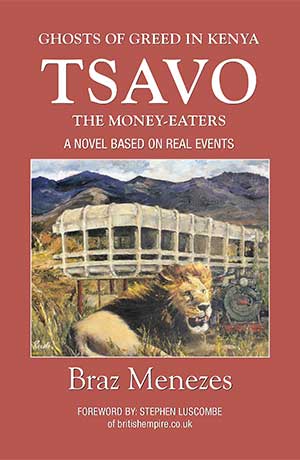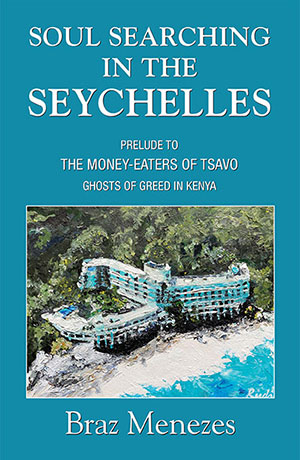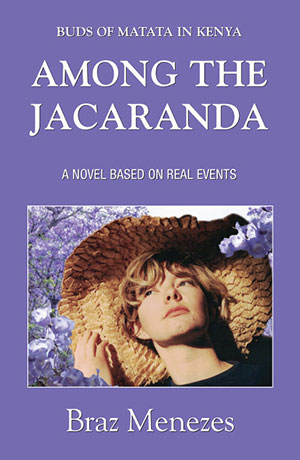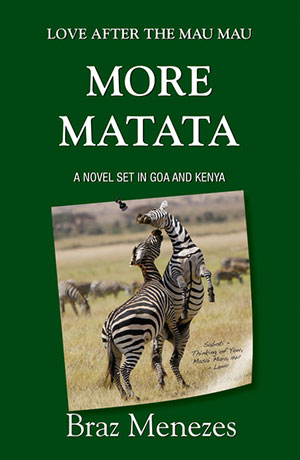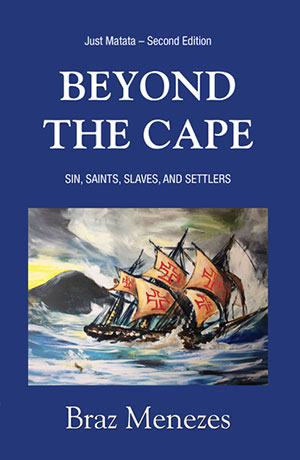Inspiration for writing the Series
Authors like Indo-Canadian M G Vassanji have brilliantly covered much of the Asian experience in East Africa. But Goa*, now a part of the cultural mosaic of Indian Union for over 50 years, has been sadly neglected. During the occupation by Portugal for over 450 years, it imposed its religion and culture on the people creating a distinct blend of Indo-Portuguese.
Early in the 20th century, the rulers of British East Africa were desperate for administrators and accountants; bartenders and bakers; cooks and clerks; musicians and mechanics; engineers and tailors; doctors and doormats.
The people of Goa fit the bill perfectly and they created no matata. They spoke English, wore western attire and drank Scotch whisky. They played card games and cricket. Although they gyrated to the mando and dulpod, they also danced the lancers, the waltz and the foxtrot. They were Catholics and were considered reliable to handle the purse strings. They stayed with their faith and never strayed into politics. They did what they were told and were always loyal and docile. Above all, when compared to the cost of British labour, they could be had cheap — very cheap indeed. They flocked to East Africa by the hundreds.
When I sat back to reflect and digest the facts, I decided their story needed to be told: how a small community from Goa, played an inordinately important and quiet role in the administration and the services economy of British East Africa. When it was time to leave Kenya, many went. Others stayed behind in the land they loved. In previous novels by European authors, especially those set in Kenya, the Goans were merely minor “props and shadows” in other people’s stories.
That is how the Matata Series was born.
*Since December 1961

